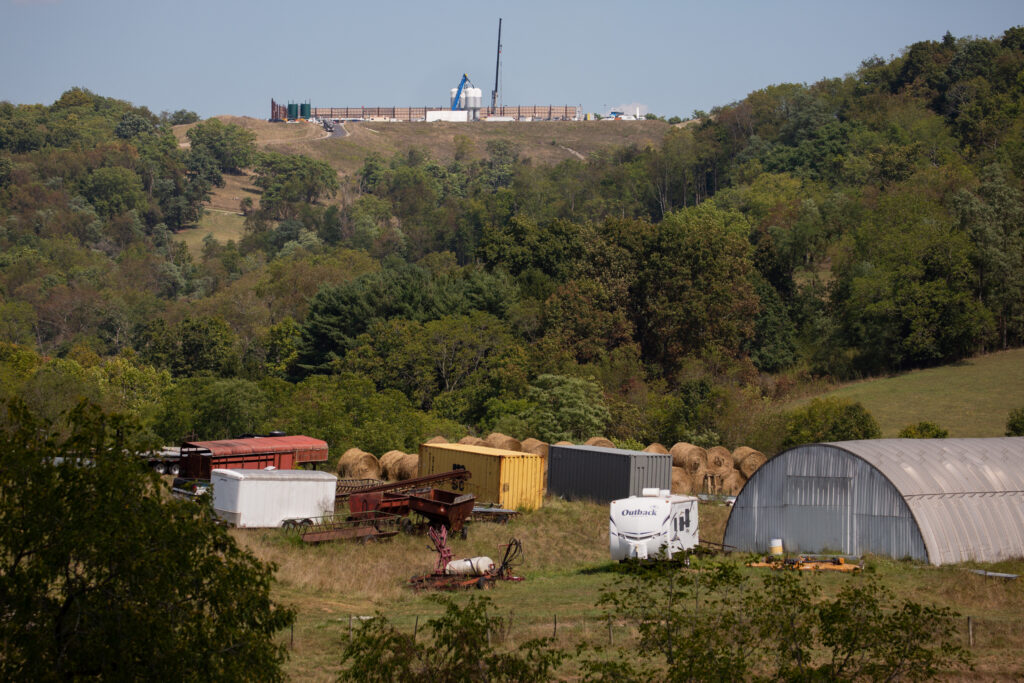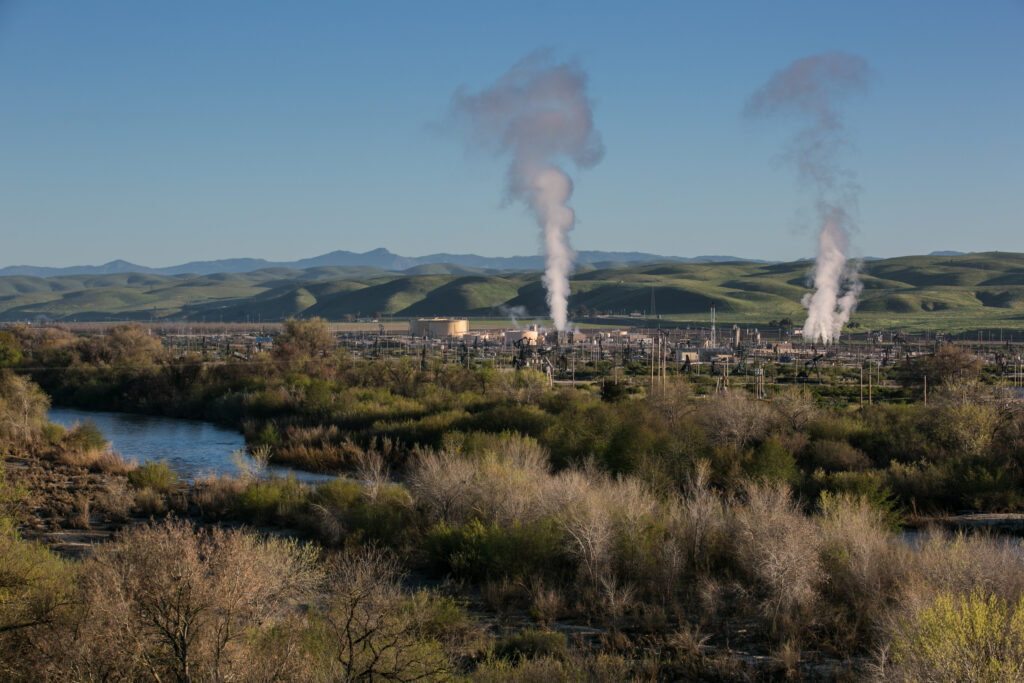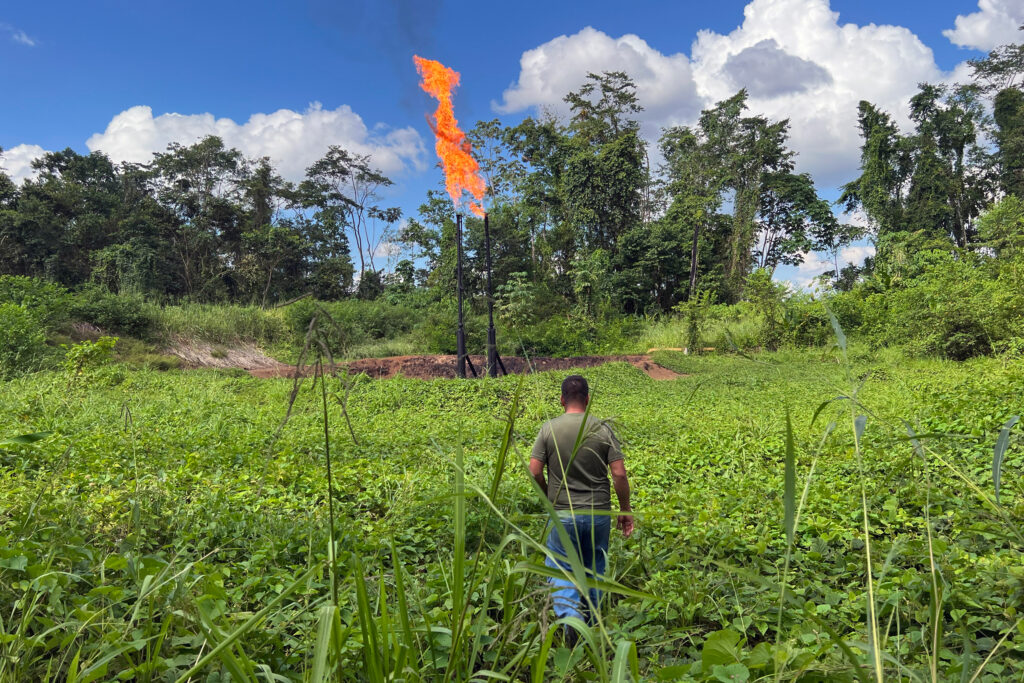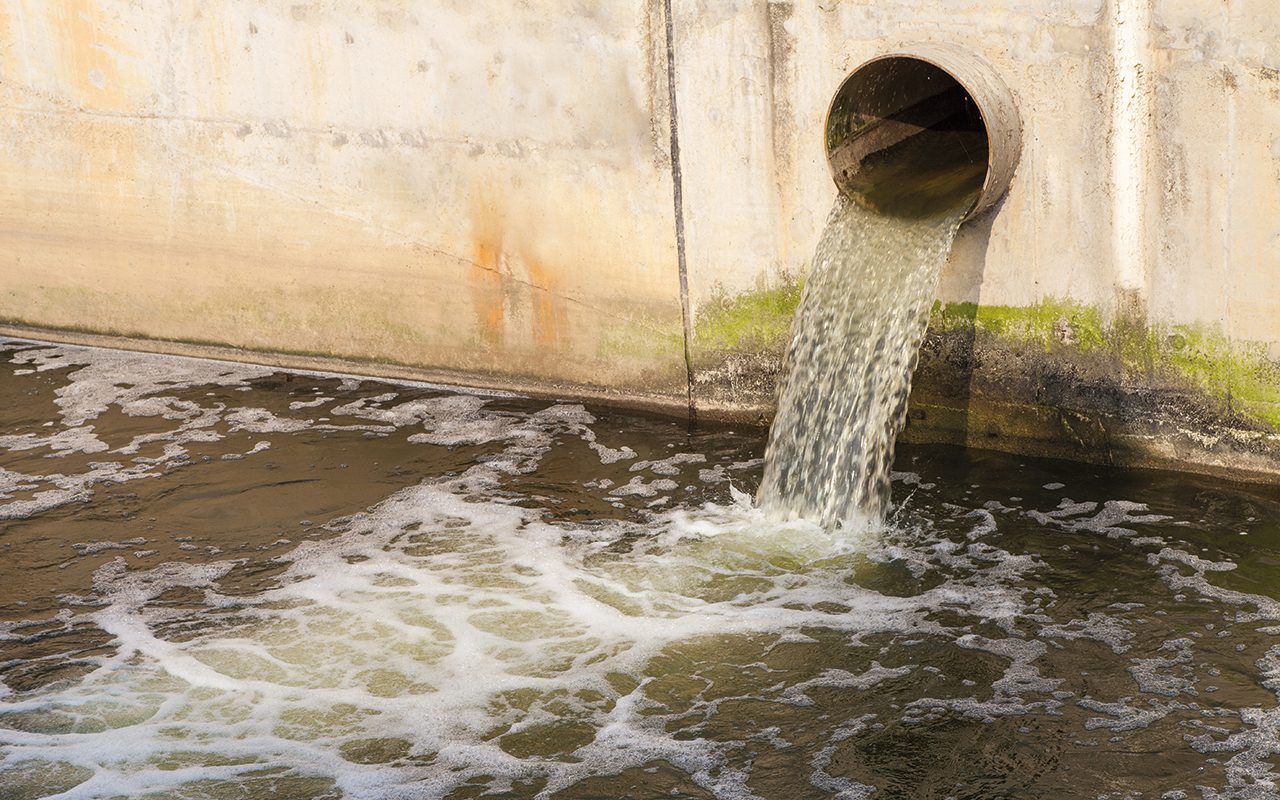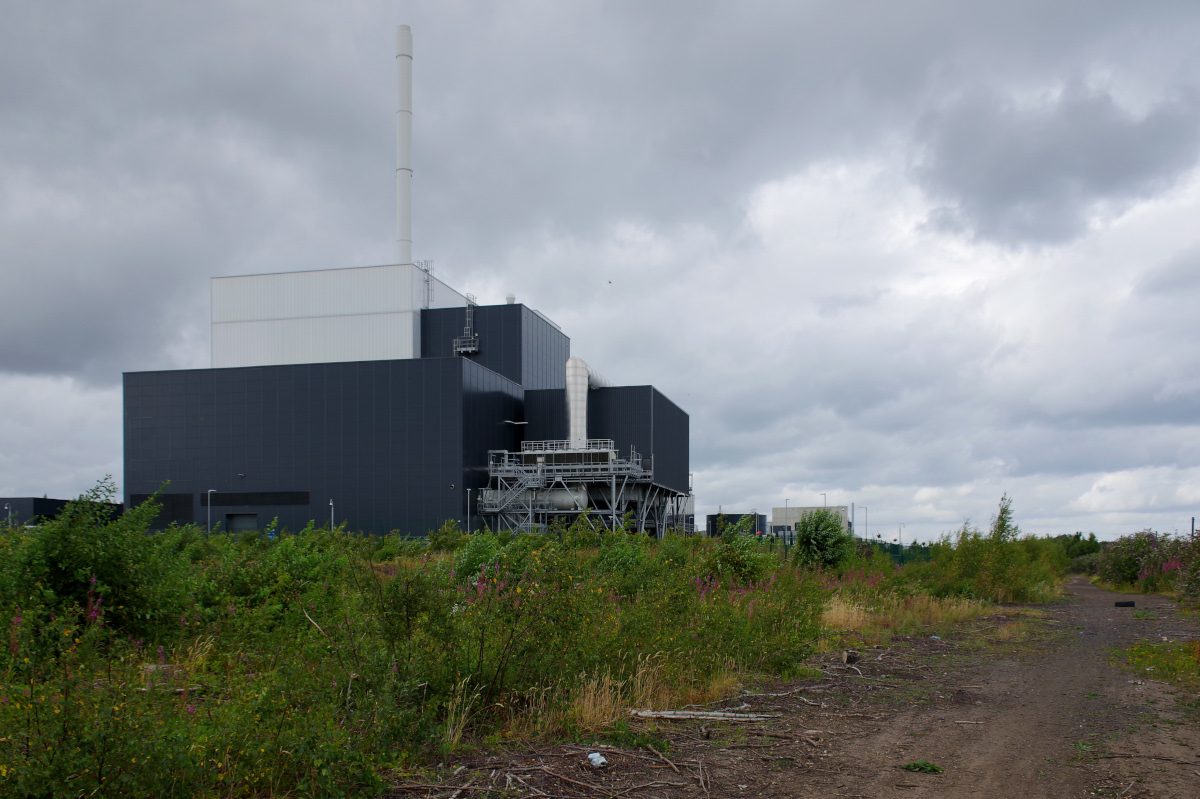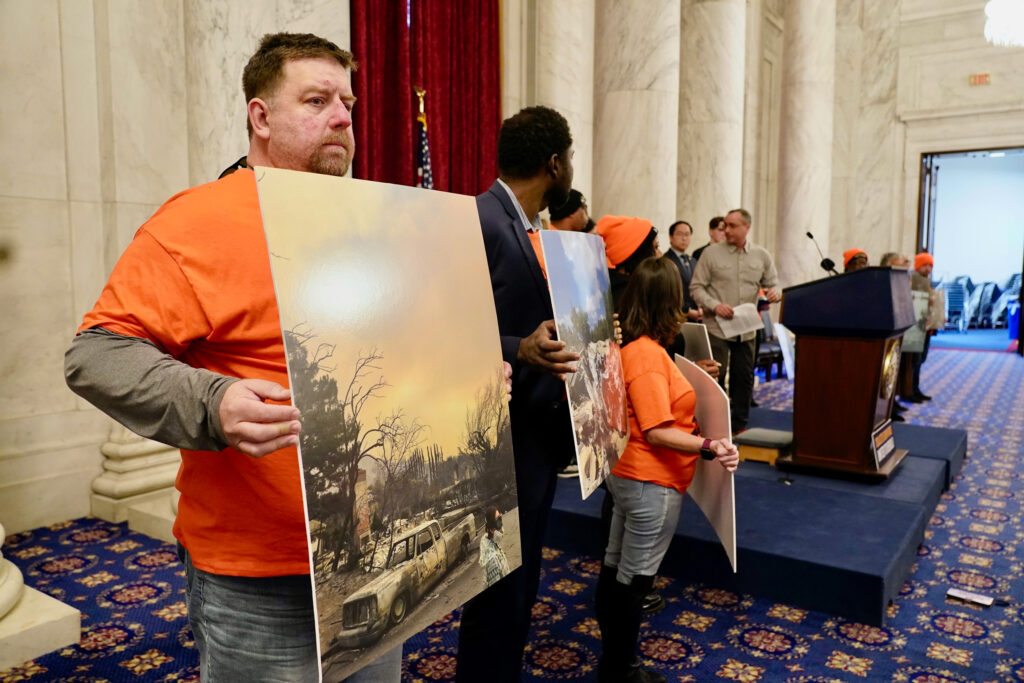Pennsylvania Gov. Josh Shapiro this week pitched his new energy plan in an address about his budget proposal, framing it as an approach that will “cut energy costs, create jobs, hold down electric bills for families and increase generation.”
The plan, which he calls the Lightning Plan in a nod to Ben Franklin, includes initiatives to speed up permitting for energy projects, modernize energy standards and reduce household energy costs. It also includes tax credits to encourage investment in hydrogen and sustainable aviation fuels (SAF).
“Backed by environmental groups, the building trades, chambers of commerce, consumer organizations and even industry leaders, the Lightning Plan takes bold steps to increase energy production, explore pathways to renewable sources and grow our economy,” Shapiro said.
While some environmentalists are supportive of the plan, others in the state are critical of the governor’s continued commitment to an “all of the above” energy strategy that relies on fossil fuels that are damaging the climate and worsening disasters while doing little to address greenhouse gas emissions. They criticized the emphasis on hydrogen and SAF, which they see as unproven “greenwashing.” Some forms of hydrogen are made using natural gas, and skeptics say the overall climate benefits of SAF are still unclear.
We’re hiring!
Please take a look at the new openings in our newsroom.
See jobs
The governor delivered his speech about the Lightning Plan at Pittsburgh International Airport, the proposed site for a hydrogen and SAF project backed by the fracking company CNX Resources. CNX is a longtime partner of the Shapiro administration: In 2024, the company collaborated with Shapiro on a project to monitor its fracking wells and release some of the data to the public.
“You’ve heard me say it over and over again. I am an all-of-the-above energy governor. I believe we’ve got to take advantage of all kinds of energy production if we want to truly lead,” Shapiro said.
As of 2024, Pennsylvania ranked 48th for renewable energy growth in the United States. It is the second-largest producer of natural gas in the country.
“It’s not a climate plan, it’s not an energy plan, it’s a plan to keep the fossil fuel industry happy,” said Megan McDonough, the Pennsylvania state director at Food & Water Watch, an environmental nonprofit that advocates for a ban on fracking. “That’s really a betrayal to the people who are suffering on the front lines.”
The health and environmental impacts of more than 20 years of fracking in Pennsylvania are well-documented. They include threats to water and air quality and increased risk of problems like asthma, low birth weight and some childhood cancers.
Beyond the local effects are the broader, widening risks to lives and property as climate change goes unchecked. Increasingly, business experts—not just scientists—are warning that homes will be increasingly uninsurable and massive economic shocks loom.
“We need to actually transition away from fossil fuels, not keep building more of them,” McDonough said. “We really need bold action to address these issues, not just these Band-Aid solutions.”
Karen Feridun, the co-founder of the grassroots Pennsylvania environmental group the Better Path Coalition, said she wished Shapiro had focused more on the damage to communities caused by oil and gas development. “He’s missing the part about how people are really being harmed, and it’s only going to get worse,” she said.
The press release about the Lightning Plan mentioned “more extreme weather events” but did not link those events to climate change. Shapiro’s support for oil and gas “more than cancels out” the environmentally friendly aspects of the plan, Feridun said.
In announcing the energy plan, the governor called on the state legislature to pass PACER, the Pennsylvania Climate Emissions Reduction Act, a cap and invest program meant as an alternative to membership in the Regional Greenhouse Gas Initiative (RGGI), a multistate consortium that works to reduce emissions from power plants. RGGI has been controversial in Pennsylvania for years, and the state’s membership is currently tied up in litigation.
Shapiro said passing PACER was “the quickest way out of RGGI” and called the bill “built for Pennsylvania, by Pennsylvanians.”
Responding to Shapiro’s budget proposal, the Marcellus Shale Coalition, a regional trade organization for the natural gas industry, said it appreciates “a renewed focus on permitting and regulatory reform” but said bills like PACER would “undercut the broad-based benefits of Pennsylvania natural gas.”
PACER grew out of a working group convened by the governor in 2023 that included representatives from the oil and gas industry, labor unions and environmental advocacy. One of the group’s leaders was Jackson Morris, the director of state power sector policy at the Natural Resources Defense Council. Morris praised Shapiro’s energy plan as “one of the most ambitious plans we’ve seen.”
Julia Kortrey, the deputy state policy director at Evergreen Action, a climate-focused nonprofit, said in a statement that Shapiro’s lightning plan was “a crucial first step toward building an affordable, reliable and sustainable energy future for Pennsylvania” and called the plan “a promising start.” Kortrey was complimentary of Shapiro’s PACER bill and his efforts to scale up “cheaper clean energy.”
For others, that first step was not enough, given the gravity of the moment.
“He has a real opportunity, especially with the new federal administration, to take a stand for the people of Pennsylvania,” McDonough said. “But this is a sign that we’re going to see more of the same old political playbook.”
About This Story
Perhaps you noticed: This story, like all the news we publish, is free to read. That’s because Inside Climate News is a 501c3 nonprofit organization. We do not charge a subscription fee, lock our news behind a paywall, or clutter our website with ads. We make our news on climate and the environment freely available to you and anyone who wants it.
That’s not all. We also share our news for free with scores of other media organizations around the country. Many of them can’t afford to do environmental journalism of their own. We’ve built bureaus from coast to coast to report local stories, collaborate with local newsrooms and co-publish articles so that this vital work is shared as widely as possible.
Two of us launched ICN in 2007. Six years later we earned a Pulitzer Prize for National Reporting, and now we run the oldest and largest dedicated climate newsroom in the nation. We tell the story in all its complexity. We hold polluters accountable. We expose environmental injustice. We debunk misinformation. We scrutinize solutions and inspire action.
Donations from readers like you fund every aspect of what we do. If you don’t already, will you support our ongoing work, our reporting on the biggest crisis facing our planet, and help us reach even more readers in more places?
Please take a moment to make a tax-deductible donation. Every one of them makes a difference.
Thank you,




